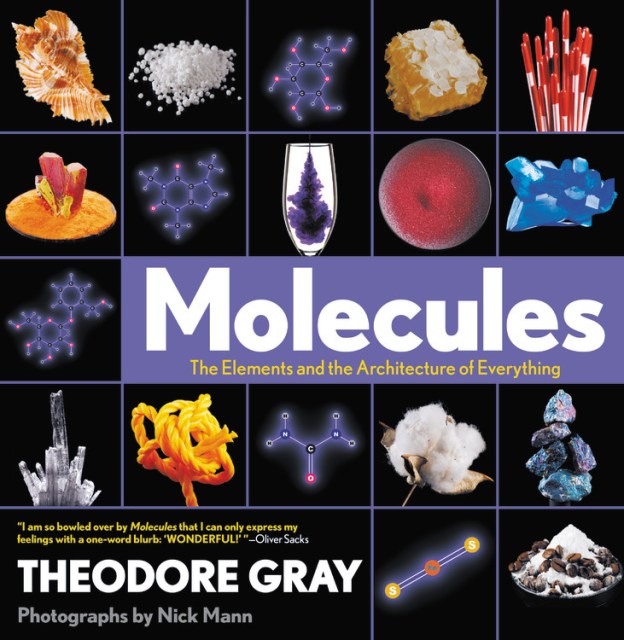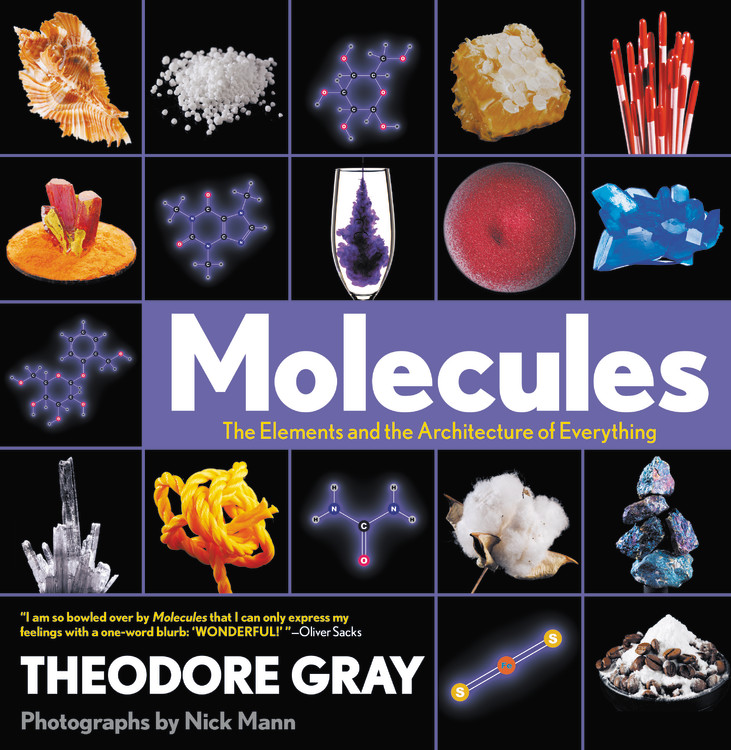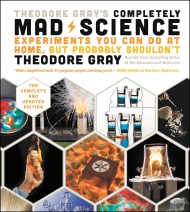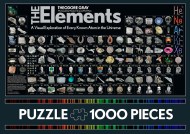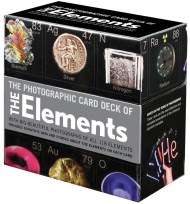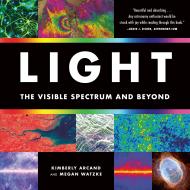Promotion
Shop now and save 20% on your back-to-school purchases & get free shipping on orders $45+ Use code: SCHOOL24
Molecules
The Elements and the Architecture of Everything
Contributors
Photographs by Nick Mann
Formats and Prices
Price
$19.99Price
$25.99 CADFormat
Format:
- Trade Paperback $19.99 $25.99 CAD
- ebook $12.99 $15.99 CAD
- Hardcover $29.99 $37.99 CAD
This item is a preorder. Your payment method will be charged immediately, and the product is expected to ship on or around March 13, 2018. This date is subject to change due to shipping delays beyond our control.
Also available from:
Everything physical is made up of the elements and the infinite variety of molecules they form when they combine with each other. In Molecules, Theodore Gray takes the next step in the story that began with the periodic table in his best-selling book, The Elements: A Visual Exploration of Every Known Atom in the Universe. Here, he explores, through fascinating stories and trademark stunning photography, the most interesting, essential, useful, and beautiful of the millions of chemical structures that make up every material in the world.
Gray begins with an explanation of how atoms bond to form molecules and compounds, as well as the difference between organic and inorganic chemistry. He then goes on to explore the vast array of materials molecules can create, including: soaps and solvents; goops and oils; rocks and ores; ropes and fibers; painkillers and dangerous drugs; sweeteners; perfumes and stink bombs; colors and pigments; and controversial compounds including asbestos, CFCs, and thimerosal.
Big, gorgeous photographs, as well as diagrams of the compounds and their chemical bonds, rendered with never before seen beauty, fill the pages and capture molecules in their various states.
As he did in The Elements, Gray shows us molecules as we've never seen them before. It's the perfect book for his loyal fans who've been eager for more and for anyone fascinated with the mysteries of the material world.
-
"One of the Best Science Books of 2014"Wired
-
"AP Chem would have been way more fun if textbooks resembled this visually exciting tome."Entertainment Weekly, "Must List"
-
"A masterpiece...Suddenly the physical world makes a lot more sense."BoingBoing
-
"A must-have for anyone of any age or education."Jamie Hyneman
- On Sale
- Mar 13, 2018
- Page Count
- 240 pages
- Publisher
- Black Dog & Leventhal
- ISBN-13
- 9780316480581
Newsletter Signup
By clicking ‘Sign Up,’ I acknowledge that I have read and agree to Hachette Book Group’s Privacy Policy and Terms of Use
